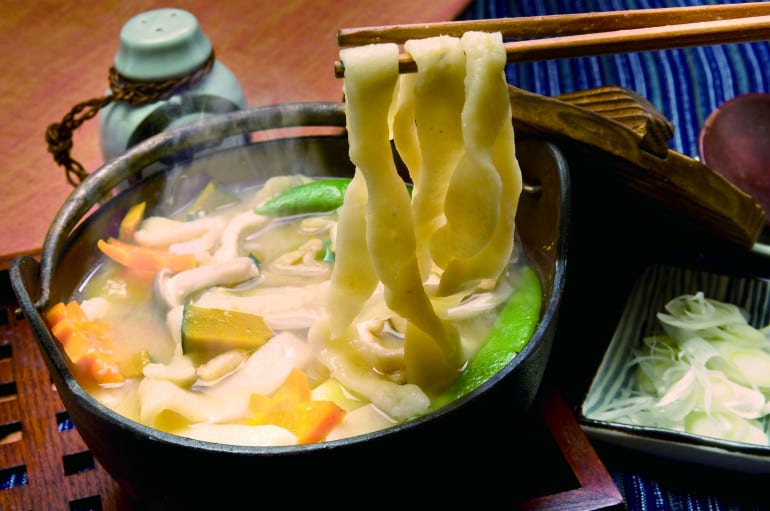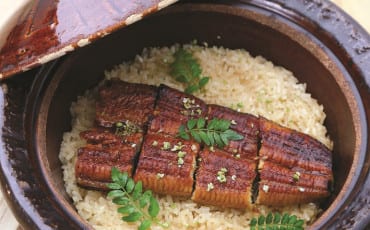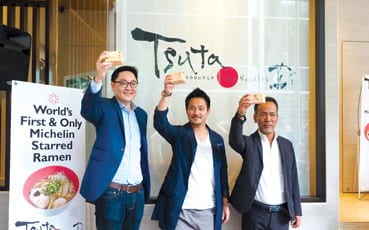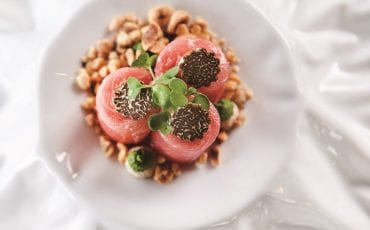- OISHII
- OISHII Wiki
- Dishes
- Hoto udon
OISHII Wiki
Dishes
Hoto udon
While the inaniwa udon is perfected by udon masters, the hoto udon from Yamanashi Perfecture is the epitome of comfort food loving moulded by a mother’s hand. Unlike most other udon, it is flat and wide with thick and heavy texture.

Located southwest of Tokyo on Honshu island, Yamanashi Prefecture has a harsh climate. Cold temperatures and vast swathes of volcanic debris make rice production impossible. So locals turned to wheat and flour production instead, and it is this wheat which goes into hoto udon.
The noodle was the perfect dish of choice for time-constrained women who had to tend to the fields in the day and cook dinner for huge families in the evening. Here’s how local households prepare it the traditional way: Knead the dough in a wooden bowl, stretch it out to dry, fold it over and cut the dough into large pieces with a kitchen knife. Once ready, it is placed in a huge boiling pot of miso broth filled with seasonal vegetables (onions and potatoes in summer; taro, carrots, Chinese cabbage in winter) and boiled. The cooked udon and its hearty vegetable contents are then served as a main staple in a soup bowl, usually accompanied by a side of rice. Leftover hoto soup is seldom discarded and is kept for the next day as it becomes starchier and stronger-flavoured.
Interestingly, although hoto udon is commonly categorised as an udon, some locals actually do not consider it to be one, as the dough used is more similar to that of a dumpling. Unlike other types of udon, hoto udon does not contain salt and is not left to sit. It also contains more gluten, which gives it its tough texture.
Hoto udon was popularised after World War II, its ascent linked to Yamanashi’s industrial and commercial redevelopment. The image of local warlord Takeda Shingen (1521-1573) was heavily used in promotional material, and as advertisements would have you believe, legend has it that he and his soldiers would eat hoto udon before entering into battle. Hoto udon is so intertwined with Takeda Shingen that today, shops serving the noodle display his battle flag.
The traditionally economical hoto udon has also evolved to incorporate modern extravagances. It is sometimes served with red bean soup and non-traditional ingredients such as turtle, crab and oysters.









